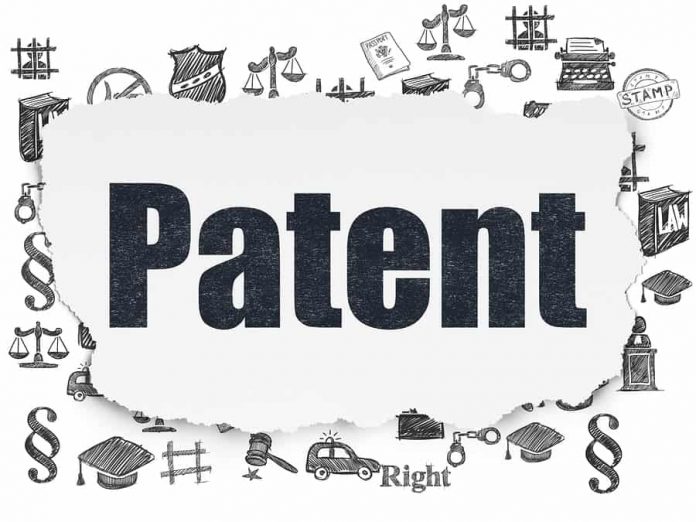This article has been written by Rashi Chandok.
This article has been published by Sneha Mahawar.
Table of Contents
Introduction
A patent search is the first and crucial stage in the process of patent registration in India. Before you understand how to do a patent search online, it is important to know what is a patent.
There are various platforms available for patent search that are free of cost or have paid subscriptions. To know more about these platforms read this article.
What is a patent search
Before we understand the concept of patent search, we must first understand the patent. A patent refers to a right granted by the government to the applicant or the inventor of an invention. The right shall exclude others in the market from making, selling, offering for sale, or importing the patented product(s) or process(s).
One of the essential conditions to be fulfilled for patent registration is a novelty i.e. the invention must be unique across the world.
A patent search gives you an indication of what information is accessible in the public domain regarding the proposed invention. It will assist in identifying and comparing matching or relevant patent or non-patent documents in order to determine the patentability of the proposed invention.
Importance of a patent search
The main aim of a patent search is to notify the applicant, the inventor, about the patentability. The word ‘patentability’ means that an invention qualifies all the necessary requirements i.e. novelty, non-obviousness, and industrial use.
How does a patent search helps in determining the patentability
- The chance of patent granted increases,’
- Get clarity to draft a patent claim in a patent application,
- Keep track of similar patents and the status of the patent filings.
- It helps in increasing the scope of a patent.
How to do a patent search
There are various platforms available online for patent search, few are free of cost and others have paid subscriptions. The Indian government has its own IP India Patent Search website which has a huge database of patents registered in India. Steps to be followed:
Step 1: Understand the concept of patent search
Hopefully, the concept of patent search is clear now. It is important to set your goals and know what you are looking for.
Lets understand the difference between Patent Searching and Prior Art Searching. The purpose of the patent search is to tell you, the inventor, about the patentability of your invention. Whereas, prior art searching is a little intense and comprehensive search about the subject matter of the invention.
Step 2: Invention disclosure
Till now you must have realized that patent search is a complex task and it is highly advisable to take the help of an Expert. Therefore, it is important that your Patent Attorney must understand the invention before they conduct a patent search.
Step 3: Identifying key features
Once the invention has been disclosed, you should list down main key features of the invention. This step makes the search simpler. Spending time identifying critical characteristics allows us to ensure that we cover all elements of the idea without duplicating work.
Don’t attempt to be too creative when recognising features. Use normal language and only discuss the most crucial aspects of the innovation. There is no restriction here; you can use complete sentences to adequately identify each major trait as needed.
Step 4: Search engines
Patent database sites provide several options for patent search. Any of these can be used for the search depending on the purpose or demand. Almost every National Patent Office has its own website where you may search for patents like IP India Patent Search.
As you may see in the above picture, IP India is a government website like USPTO having data related to patent applications. It is free of cost, however, it is difficult to use and slow.
Another website that has complete patents data and is ideal for patent search is QuickCompany.
Requisite information for patent search
Anybody that has any of the following information can search for patent or patent status:
- Application Date
- Title
- Abstract
- Complete Specification
- Application Number
- Patent Number
- Applicant Number
- Patent Number
- Applicant number
- Applicant Name
- Inventor Name
- Inventor Country
- Inventor Address
- Filing office
- PCT Application Number
- PCT Publication number
Types of patent search
There are five types of searches anyone can perform and they are as follows:
Freedom to Operate Search (FTO)
This type of search is also known as right to use or clearance search. Generally, this type of search is performed before the invention launches in the commercial market to avoid infringement.
An FTO analysis is constrained to patents that are active or registered, it does not include patents that expired or are abandoned. Further, the FTO search covers patent applications as well as issued patents to ensure that the proposed product or process does not infringe on any other patent.
For instance: If someone is planning to launch a product in India, it is a good idea to do a patent search in India first. The search can assist in locating any potentially enforceable Patents in Indian territory. By doing a patent search in India, one can learn about the legal status of potentially enforceable patents on Indian territory.
Patentability/ Novelty search
It is one of the most common types of patent search and helps the inventor in understanding that the invention comes within the scope of patentable subject matter. It is generally performed by a professional before, during the development of the invention, or prior to filing the patent application.
There are various techniques to conduct a patentability search and are as follows:
- International Patent Classification (IPC)
- Keyword search
- Assignee Search
- Application ID Search
State of the art search
It is the broadest kind of search among the other types of patent search. A state-of-the-art search is simply a market survey that is carried out to determine the presence of similar technologies in the market. This search also yields results about rivals and reflects the technological development in the subject of interest.
Finally, by identifying the trend of existing products or processes in the market, this search aids in minimizing the excessive expenditure of money on inventions with no prospective market.
Patent/Technology landscape analysis
It is an advanced version of a state-of-the-art search and requires a deeper understanding of the evolution of technology, significant players, existing and forthcoming rivals, and changes in the chronological trend.
In other words, it involves doing a thorough search and analysis of Patent data in a specific object-oriented way in order to gain insights from Patent search data relevant to a technology domain.
Validity/Invalidity search
This type of search is performed after the patent is granted. The goal of this search is to evaluate whether or not a patent issued for an invention is legitimate in contrast to previous art that was published prior to the date of filing of the patent application.
Patent invalidity/validity searches are often undertaken during infringement litigation or to mitigate the risk of infringement.
A patent validity search is a search undertaken to validate the claims of a patent. On the other hand, if the search is undertaken to invalidate the claims of a certain invention, it is referred to as a patent invalidity search. The technique for both searches is the same, but the outcome is determined by the objective of the search.
Conclusion
After reading this in-depth article, it can be concluded that patent search is a strategic decision and the search depends on the subject matter of the invention.
Individuals can do their own searches on the free patent search databases mentioned above; nevertheless, patent search service is a very complicated topic, and critical judgments involving large future patent expenditures are dependent on the search for patents.
As a result, it is always ideal to hire a highly competent professional for the search, one that has a great blend of Technical, Analytical, and Patent expertise.
Students of Lawsikho courses regularly produce writing assignments and work on practical exercises as a part of their coursework and develop themselves in real-life practical skills.
LawSikho has created a telegram group for exchanging legal knowledge, referrals, and various opportunities. You can click on this link and join:
Follow us on Instagram and subscribe to our YouTube channel for more amazing legal content.
 Serato DJ Crack 2025Serato DJ PRO Crack
Serato DJ Crack 2025Serato DJ PRO Crack











 Allow notifications
Allow notifications



